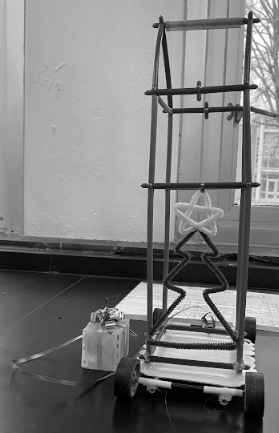Clock ran out for many extinct animals, possibility for de-extinction in future
February 23, 2021
Extinction due to both natural and manmade means has wreaked havoc on species across the world, including some of the world’s greatest species. In 2020, more than 77 species went extinct, according to the IUCN Red List, which documents the conservation statuses of animals.
However, there are groups of scientists that wish to reverse this trend, addressing the moral implications of reviving long-dead species, as well as ones that have only recently gone extinct.
The main reasons for reviving such species, as stated by T. J. Kasperbauer, a philosopher from George Washington University in Washington, D.C. is “the potential for de-extinct species to play useful roles in ecosystems” as well as “human valuing of certain de-extinct species.”
However, with an entire movie franchise dedicated to why reviving dead species, particularly extinct predators, the conversation has shifted from a question of if scientists can do it, to ask if they should, with mixed results. “I think so long as you’re doing it to protect nature it is fine,” says senior Holly Fisher.
With scientific advances that allow for de-extinction to take place, many began to question what animal would be best for it. Derek Turner, a philosopher from Connecticut College advises against the bias we have towards “large, charismatic mammals, towards predators, towards terrestrial animals and towards species that have cultural importance can influence the selection of candidate species for de-extinction research.”
The bias towards these animals could hurt the possibility of the de-extinct animal’s longevity if the world is no longer capable of accommodating them.
Fisher has experience with this, recalling her obsession, “with Tasmanian Tigers as a kid, and they were extinct due to poaching. [She] used to watch scientific videos on people with the fetuses of their unborn babies preserved and they were studying ways to clone them for the ecosystem.”
Similar to how cloning was proven by the experiment resulting in Dolly, the ability for current animals to gestate animals of different species and play a key role in the conservation of these species, was to be proven by a Gaur named Noah, who would be cloned by taking a deceased Gaur’s cells and inserting them into cow eggs stripped of their nuclei, which was the same process used to clone Dolly the sheep.
However, the Gaur died within 48 hours of being born. Despite this, scientists remained optimistic about the possibility of cloning technology being used to preserve animals in the long term.






